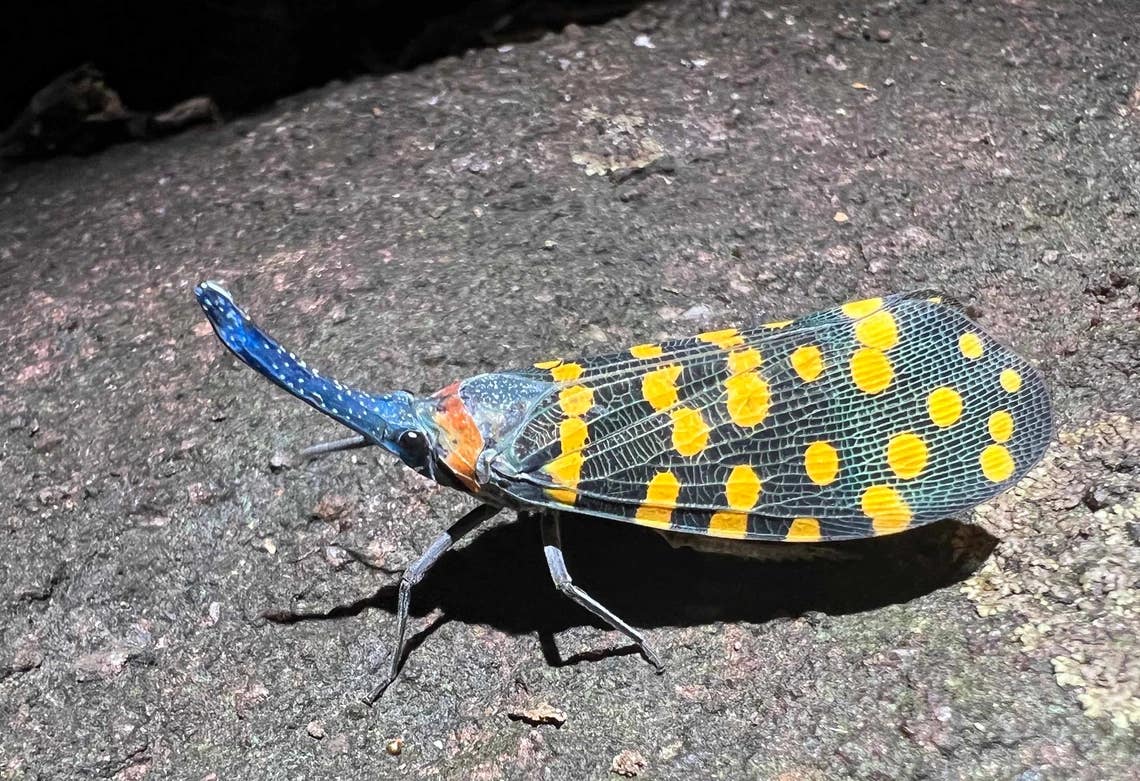Scientists confirm the connection between balding and skin cancer
Testosterone levels are a major driver of male pattern baldness, and some studies suggest they may contribute to increased skin cancer risk

Testosterone levels are a major driver of male pattern baldness, and some studies suggest they may also contribute to this increased skin cancer risk. (CREDIT: Creative Commons)
QIMR Berghofer scientists recently delved into the connection between male pattern baldness and skin cancers, publishing their findings in Nature Communications. Their investigation aimed to clarify why individuals experiencing hair loss might face a higher risk of skin cancer, questioning whether testosterone or sun exposure played a predominant role.
Lead researcher Dr. Jue-Sheng Ong explained their focus: "Testosterone levels are a major driver of male pattern baldness, and some studies suggest they may also contribute to this increased skin cancer risk in people with hair loss."
Dr. Ong further noted the possibility that increased sun exposure due to less hair protection could be a contributing factor.
Researchers Associate Professor Matthew Law and Dr Jue-Sheng Ong from QIMR Berghofer. (CREDIT: QIMR Berghofer)
Their study, though seemingly straightforward, required thorough genetic analysis to validate the relationship between baldness and skin cancer. Senior researcher Associate Professor Matthew Law emphasized the importance of evidence-based research: "Health programs and interventions cannot be guided by assumptions. They need to be backed by evidence if they’re to work."
The team scrutinized genetic data from over 29,000 cases of melanoma and keratinocyte cancer, supplemented by genetic insights into testosterone and hair loss.
Their analysis revealed a robust association between balding and skin cancers, primarily attributable to heightened sun exposure. However, genes related to both hair loss and skin color also exerted influence.
Related Stories:
Dr. Ong clarified their findings: "We found no evidence that testosterone levels play any meaningful role in the relationship between balding and skin cancer."
Interestingly, an overlap was observed between genes implicated in hair loss and those affecting skin pigmentation, suggesting a potential additional risk factor.
To bolster their genetic findings, the researchers analyzed skin cancer cases categorized by anatomical region. The results highlighted an increased risk of skin cancers in the head and neck area among individuals experiencing hair loss, correlating with the likelihood of greater sun exposure in these regions.
Professors Richard Scolyer AO and Georgina Long AO, Co-Medical Directors of Melanoma Institute Australia, stressed the importance of understanding genetic drivers in combating skin cancer.
Professor Long emphasized the significance of targeted preventive and early detection strategies based on population risk factors. Professor Scolyer reiterated the paramount importance of sun safety for all Australians, regardless of individual risk factors.
Each panel (a), (b), (c) and (d) is listed in chronological order of the analysis procedure. a Schematic MR diagram. b MR scatter plot. c Selection of candidate traits for inclusion into MVMR via PheWAS findings. d Modelling the candidate traits into the MVMR analysis to obtain the marginal effect of MPB on skin cancer risk, by conditioning on endogenous testosterone levels and other candidate traits. (CREDIT: Nature Communications)
The study sheds light on the intricate relationship between male pattern baldness and skin cancers. While the intuitive link to increased sun exposure holds true, genetic factors also contribute to the heightened risk.
These findings underscore the necessity of evidence-based approaches in developing effective preventive measures against deadly skin cancers.
Note: Materials provided above by The Brighter Side of News. Content may be edited for style and length.
Like these kind of feel good stories? Get the Brighter Side of News' newsletter.



